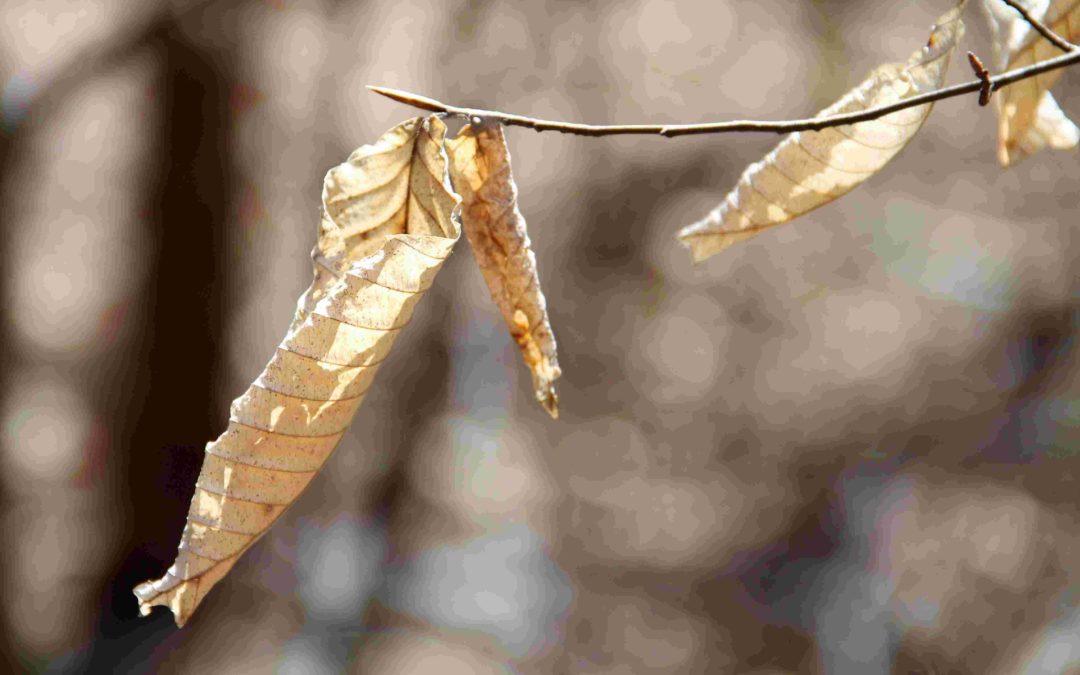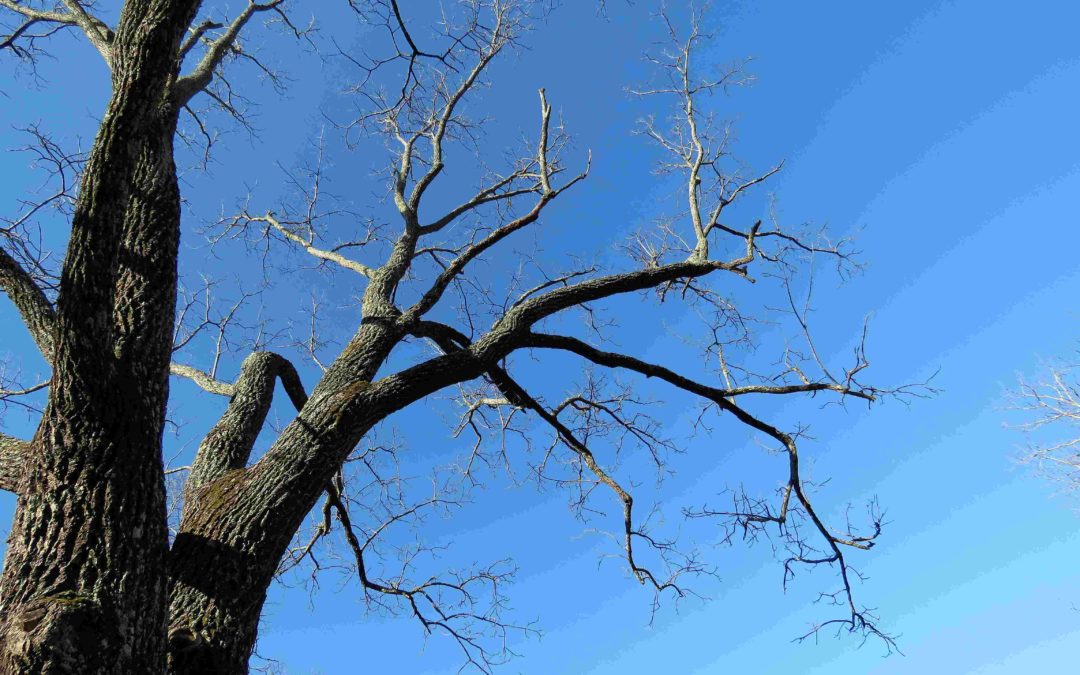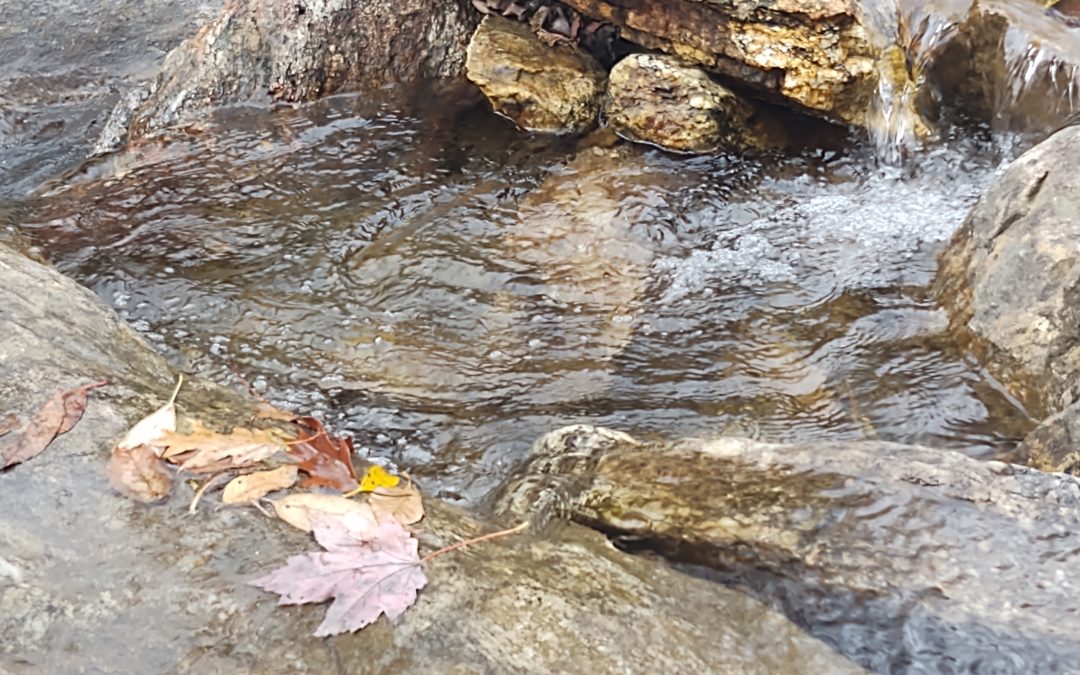
Rewilding Challenges and Reflections – Week 1
The first week of rewilding has come and gone, with many challenges and discoveries.
Daily Rituals
In rejecting the One-World World (Escobar, 2016) or “a world allegedly made up of a single Word, and that has arrogated for itself to be “the” world, subjecting all other worlds to its own terms, or worse, to non-existence…” (p. 15), I seek to explore and understand the diversity of other worlds, including but not limited to Indigenous North American and European traditions and Eastern philosophies. I do this not to appropriate but to search for commonalities. The simple acts of mediation, yoga, journaling, and daily ritualized engagement with the more-than-human world transport me past the tyranny of “consensus consciousness” (Canty, 2017; Tart, 1986) and reveal a rich tapestry of symbolic knowing beyond the objectivist “facts” of a dominant worldview that has rendered the Earth into inanimate resources.
Challenges with Co-operative Inquiry with More-than-Humans
As I meet and greet my more-than-human co-researchers this week, I begin to understand that fulfilling the objective of this research – to work co-operatively with all the more-than-human beings with whom I share a Land community to restore ecological flourishing – I immediately discover complications. If I subscribe to the panpsychic belief that all who inhabit this space are subjective beings, I must also contend that the significant proportion of these beings, who happen to be Alien Invasive Species (AIS), also possess agencies that must be accounted for in accordance with the axiological imperatives of co-operative inquiry.
In my professional field, AIS represent a scourge to be defeated. Indeed, the means of managing AIS often sends otherwise rational humans into a tailspin of murderous rage (Bocci, 2014), whereby no option save complete annihilation is worthy of consideration. The binary invoked – that AIS are all bad and should therefore be eliminated in order to help “good” native species– suffers from the same myopic dysfunction that characterizes all Western binary constructions. In reality, complexity characterizes ecological systems, and good versus bad species narratives and the drive to eliminate AIS can be ridiculously costly, futile, and oftentimes fraught with unintended consequences.
In the case of this Land community, AIS, such as Multiflora Rose Rosa multiflora, Asian Bittersweet Celastrus orbiculatus, Privet Ligustrum vulgare and Tree of Heaven Ailanthus altissima, dominate the landscape, enabled by historic clearcutting by Western settlers of the Old Growth Forests that once flourished here. In the resultant void created by clearcutting, native fauna, particularly Birds, have now come to depend on the forage and shelter provided by non-native species. Removing them would not only decrease the Land’s capacity to support the Animals that now depend on these AIS but would also, as Toby Hemenway (2000) notes, be an exercise in futility due to simply recreating the conditions that allow AIS to proliferate in the first place – open Land.
Hemenway proposes recreating facsimiles of the natural communities that existed prior to the settlement of AIS and allowing natural successional changes to do the work of restoration as the best strategic means of dealing with AIS. While this approach takes time and does not necessarily work on the One-World World’s human timeframes, it rings true to me. Rather than inflicting additional violence, in co-operation with my co-researchers we will instead foster new life that will eventually rewild the Land, restore ecological health, and provide habitat and food for humans and more-than-humans alike.
Letting go
The rewilding process feels like a shedding, not a peeling away of defined layers, as with an onion, but more like dead skin cells, no longer serving any purpose and floating away almost imperceptibly until one notices the fresh, pink, newborn skin that has been revealed. Like watching seeds grow, waiting and watching with anticipation is painfully slow, but if one simply invites the inevitable to unfold, then joy and deliciousness ensue.
Contrary to what Western acculturation says to my ego, letting go of combustion-fueled transportation, oranges, lemons, and avocados (which due to their tropical nature I won’t enjoy again for a year) does not feel like depravation. Instead of easy food from the grocery store and greenhouse gas-producing adventures, I find joy in an unhurried pace and an abundance of food in my own backyard. In the space vacated by completely unnecessary items of Western entitlement, I discover intention and the simplicity and acceptance of learning that I don’t need all the things I thought I did.
Community
Reclusive by nature, early in the first week of rewilding, I find myself questioning my decision to expose myself by putting this personal journey “out there” in the blogosphere. My childhood programming to avoid drawing any attention to myself screams in indignation at the audacity. But without community, How am I any different than just another hermit living in the woods (not that there’s anything wrong with that!)? The global nature of research problem demands that despite my discomfort, I share it. I do this with great hope of discovering and building a human community of more-than-human allies committed to the cause.
References
References
Bocci, P. (2014). Tangles of Care: Killing goats to save tortoises on the Galapagos Islands. Cultural Anthropology, 32(3), 424-449.
Canty, J. (2017). Seeing Clearly Through Cracked Lenses. In J. Canty (Ed.), Ecological and Social Healing: Multicultural Women’s Voices (pp. 23-44): Routledge.
Escobar, A. (2016). Thinking-feeling with the Earth: Territorial Struggles and the Ontological Dimension of the Epistemologies of the South. AIBR. Revista de Antropología Iberoamericana, 11(1), 11-32.
Hemenway, T. (2000). Gaia’s Garden: A Guide to Home-Scale Permaculture. White River Junction, VT: Chelsea Green.
Tart, C. (1986). Waking up: Overcoming the obstacles to human potential. Lucidity Letter, 5(2).

